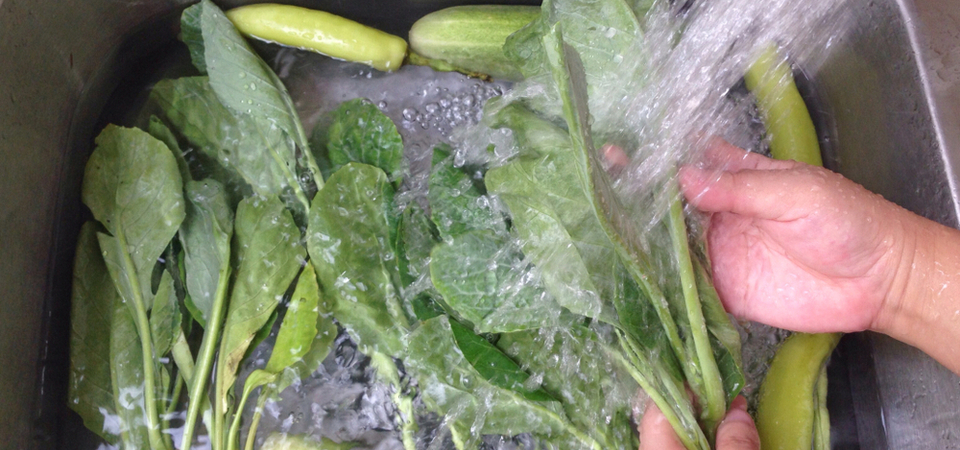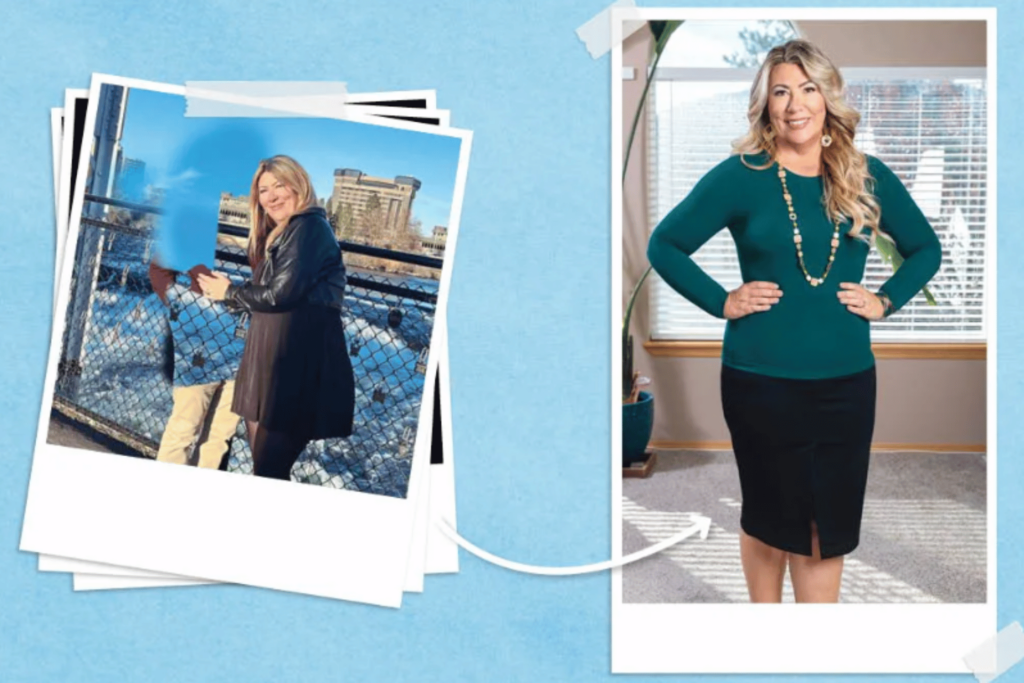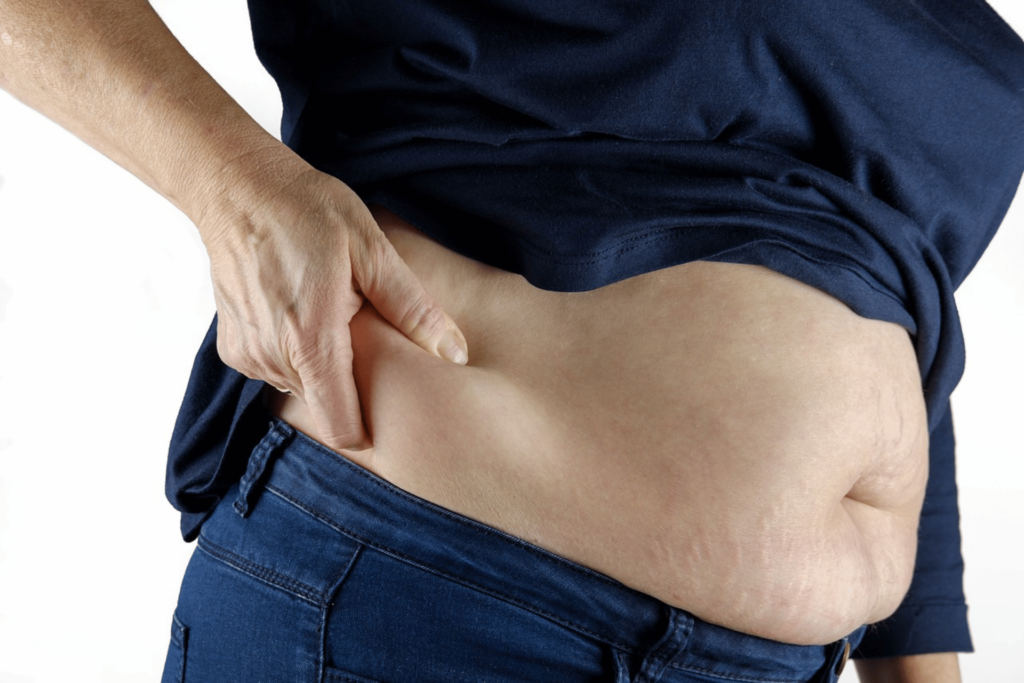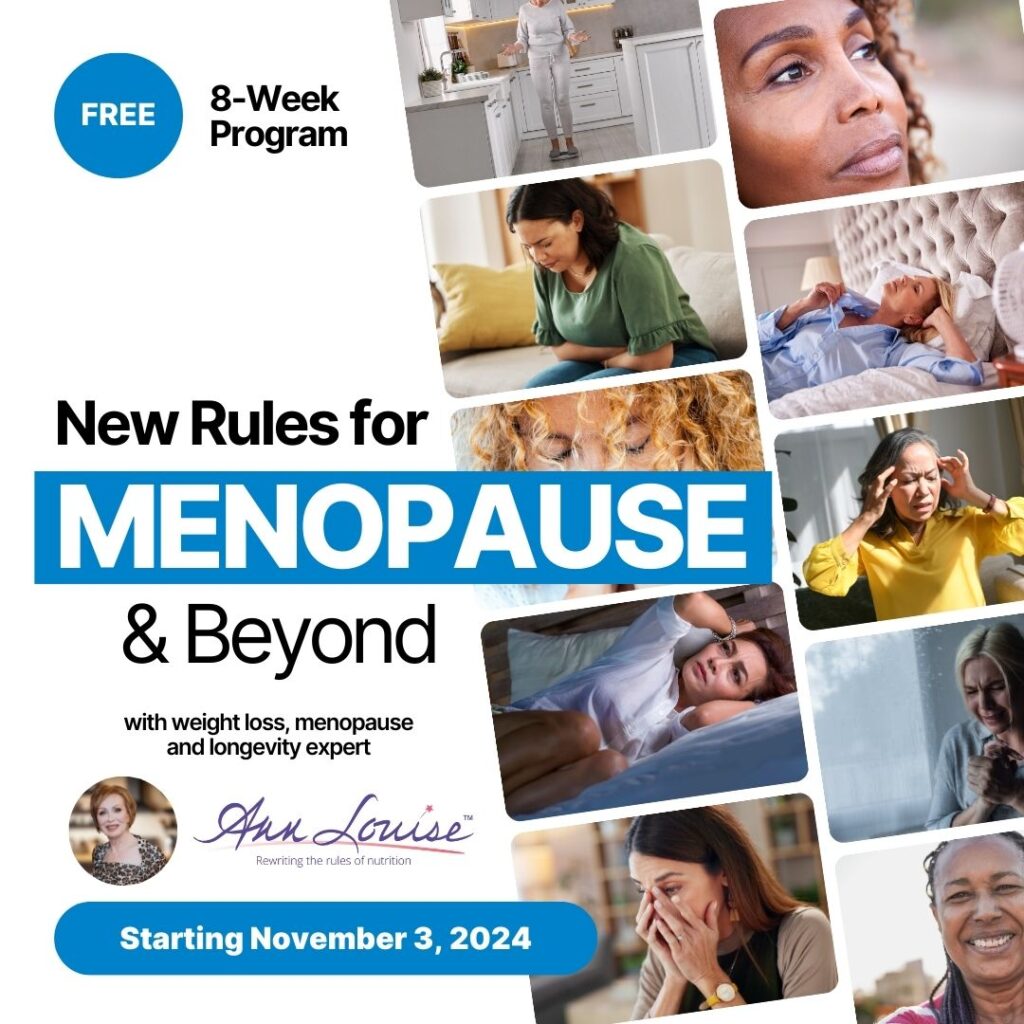Bleach has been given a bad name as a toxic substance, and it’s time to restore its squeaky clean reputation as a simple, oxygenating salt treatment.
If you’ve been following me for any length of time, then you know my penchant for rewriting the rules of health and nutrition. My mentor, Dr. Hazel Parcells, was well known for her research into the tremendous healing properties of chlorine bleach at Sierra States University in the 1950s, and I have shared her bath and food soak formulas with my clients for decades now. But, because of changes to the original formula, Clorox bleach has been given a bad rap in recent years, and has been implicated in some respiratory injuries.
It’s true that undiluted chlorine bleach after the formula changed can cause respiratory issues, especially when mixed with other chemicals. But Dr. Parcells taught me that the original strength Clorox bleach, which is now available again as Cloromax, has great cleansing and healing properties when diluted and used properly as an oxygenating salt. Let’s break down the good and the bad of bleach, so we can once again enjoy its detoxifying attributes.
A Brief Bleach Primer
Clorox is the brand of chlorinated bleach that Dr. Parcells used in her research. It’s actually a salt, made by combining chlorine and sodium hydroxide (lye). Chlorine is bubbled into a solution of clean, filtered water and sodium hydroxide, which converts all the free chlorine into a solution of sodium hypochlorite. Because of this, Clorox bleach becomes an oxygenator when it’s diluted into a bath or soak.
Clorox bleach is a simple naturopathic, oxygenating salt bath that has been in use for more than 75 years.
Clorox bleach was originally a 5.25 percent solution of sodium hypochlorite and water. In recent years, they concentrated it to 8.25 percent sodium hypochlorite, which is when we started seeing an increase in respiratory injuries related to bleach. Now, Clorox brand has reduced the concentration back to 6 percent with their new Cloromax formulation, making it safer and easier to use for its naturopathic purposes again.
How to Use Clorox to Clean Your Food and Cleanse Your Body
I have yet to improve on the pioneering formulas of Dr. Hazel Parcells to clear food or body of chemical and metal contaminants, so I still use them just as she taught me. It is important to only use unscented Cloromax formula Clorox bleach. Do not use scented formulas, powdered bleach, bleach crystals, or any other brand or formulation of bleach. This is the closest formulation I’ve been able to find that compares to the one she used during her research and is therefore the only one I recommend. I will explain in more detail in the next section.
Food Cleansing Soak
Use anytime you are buying non-organic food or are unsure whether the food was raised using chemicals.
- In a clean sink, add one gallon filtered water and 1/2 teaspoon of unscented Cloromax formula Clorox bleach.
- Tender and thin-skinned vegetables and fruits like leafy greens and berries should only soak for 5 minutes.
- Stone fruits and fibrous vegetables soak for 10 minutes.
- Root veggies and thick-skinned fruits like apples, citrus and bananas soak for 15 minutes.
- Meat/poultry/fish can soak for 10 minutes
- Eggs can soak for 20 minutes.
- Drain the water from the sink and refill with a gallon of filtered water to soak and rinse the food for up to 10 minutes.
Cleansing Clorox Bath
Use after any chemical or heavy metal exposure.
- Fill the tub with water as hot as you can comfortably tolerate. Do not share with another person and do not mix in any other bath additives.
- Pour ¾ cup of unscented Cloromax formula Clorox into the tub.
- Soak for 20 to 30 minutes or until the water cools.
- Drink a glass of filtered water while in the bath to stay hydrated and help with detoxification.
Some Chemicals Shouldn’t Mix
We have a surprising number of reactive chemical compounds available for household use, including natural cleaners that we just assume are safe. The truth is that every chemical we use, from natural vinegar to harsh drain cleaners, must all be used correctly or they may cause harm. Chlorine bleach is no different.
The problems using Clorox bleach occur either when it isn’t the proper dilution, or when it’s mixed with something it reacts with. Bleach only breaks down into salts to oxygenate pure, filtered water that has nothing added to it. Even a small amount of contaminant (like an added scent or impurity) in the water is enough to cause undesirable chemical reactions to occur.
For instance, roughly 25 percent of our US municipal drinking water is now disinfected with chloramines, instead of the chlorine we used to use. If the water were simply chlorinated, nothing would happen, but with chloramine, it can form chloramine gas, which is a temporary respiratory irritant. In addition, if the water isn’t filtered, chlorine bleach can react with contaminants, even when present in minute amounts.
Other chemicals that shouldn’t mix with bleach include ammonia, alcohol, and other cleaners – even vinegar. Fortunately, if you do experience respiratory irritation from any of these chemical combinations, it is usually brief and resolves on its own.
For a FREE daily dose of tips and strategies for maintaining healthy weight, conquering insomnia, and much more… check out my Radical Health Tips.”













15 Responses
Very interesting about other chemicals reacting with Clorox. Another benefit of having a water filter. I’ve always used the CWR filter that UNI KEY sells. https://unikeyhealth.com/products/under-counter-water-filter
Thanks for your post, Beth.
What I’m seeing available for sale is labeled, Clorox WITH Cloromax. Is this the product you refer to in the article?
Janice, yes that is the right one.
I had my very first Clorox body bath this evening. I was a bit scared but since I’ve been listening to ALG since 2002 I know she knows what she’s taking about. I have taken bentonite clay internally, used various heavy metal detox’s but always have high levels from being a professional artist.
I made it 15 minutes tonight before I was just too hot. I did not rinse after-should I have? My skin feels good, didn’t use moisturizer. My hairline did touch the water, hope that’s okay too? I’ll shoot for 20 minutes next bath.
Jen, You don’t need to rinse off after the bath and it’s ok if it touches your hairline. Glad you liked the results on your skin.
Thank you. I became aware of Hazel Parcells through Luke Gatto many years ago. He showed me the food cleansing and purifying bath with clorox. I now want to resume these practices during the pandemic, but realized the current clorox is not the same as the one Hazel and Luke recommended. I appreciate you clarifying that Cloromax is the formulation that approximates what Dr. Parcells researched. Do you know where I can find Cloromax? Where can I order it?
Marty, During this time, just keep watching your grocery store and drug store shelves for Clorox. You can check online sources like the large retailers for supplies too.
I too, am interested in such a protocol during the COVID19 issue as a way to clean vegetables. But since it’s very hard to fins disinfecting products now, I wonder if there are other options, and how to use those? 😕 MMS, or other chlorine like substances?
Elizabeth, Clorox works the best. Any of the other sprays or baths for produce have not been found to be as effective. Using a 1 % solution of thyme oil spray has been reported by some people to be helpful.
Can you use Cloromax also to soak new clothing (when organic clothing is not available) to rid of the toxins from the manufacturing process (ie. heavy metals from the dyes)? I wonder if there would there be adverse chemical reactions if clothing had formaldehyde residue? If it would be a good idea, how long would you recommend soaking and at what concentration?
Thanks so much!
For the Clorox Bath, can you use the unfiltered water from the tap?
Thanks
Judith, Filtered water is better but you can use unfiltered for the Clorox bath.
Currently, Clorox Disinfecting Bleach has 7.5 % sodium hypochlorite, which is 20% more than the previous formula. You would now use 1/3 teaspoon Clorox per gallon of water instead of 1/2 teaspoon.